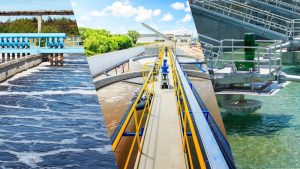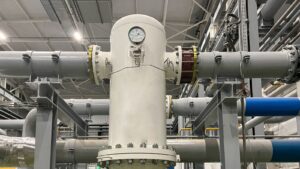Maintaining a reliable and efficient water supply is a top priority for Australia, yet those traditional monitoring methods they employ for water assets, such as pipelines and reservoirs, can be disruptive and time-consuming. This not only incurs operating costs but can also lead to temporary service interruptions. Fortunately, advancements in technology seem to offer a promising solution, such as the Internet of Things (IoT).
This blog article explores the groundbreaking potential of IoT for real-time water asset monitoring in Australia without causing any water supply disruptions.
What is IoT Technology?
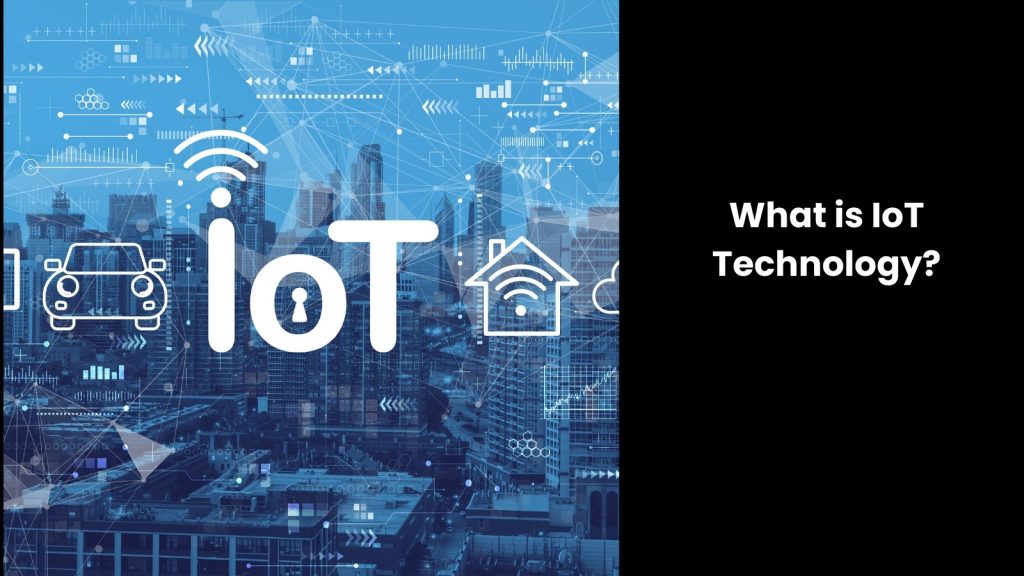
- The overall execution of this is simple, as IoT means connecting everyday objects to the internet so they can send and receive data. This is literally making devices ‘smart’ by giving them the ability to communicate with each other.
- IoT works with other technologies like sensors, which collect data, and cloud computing, which stores and processes this data. It also uses machine learning to analyse the data and make predictions or decisions.
- In this dynamic industrial world, IoT is popular because it makes life more convenient and efficient. It helps many industries become one powerful network.
- Industries use IoT to monitor equipment and optimise production. The mechanism behind IoT involves sensors collecting data and sending it through a network to cloud servers, where it is processed and analysed. This information then gets sent back to the devices, which can take action based on the data.
- For example, if a sensor detects a water leak, it can send an alert to your phone and automatically shut off the water. As this connects and automates various devices and systems, IoT improves efficiency and convenience in many aspects of life.
How to Employ IoT to Monitor Water Assets
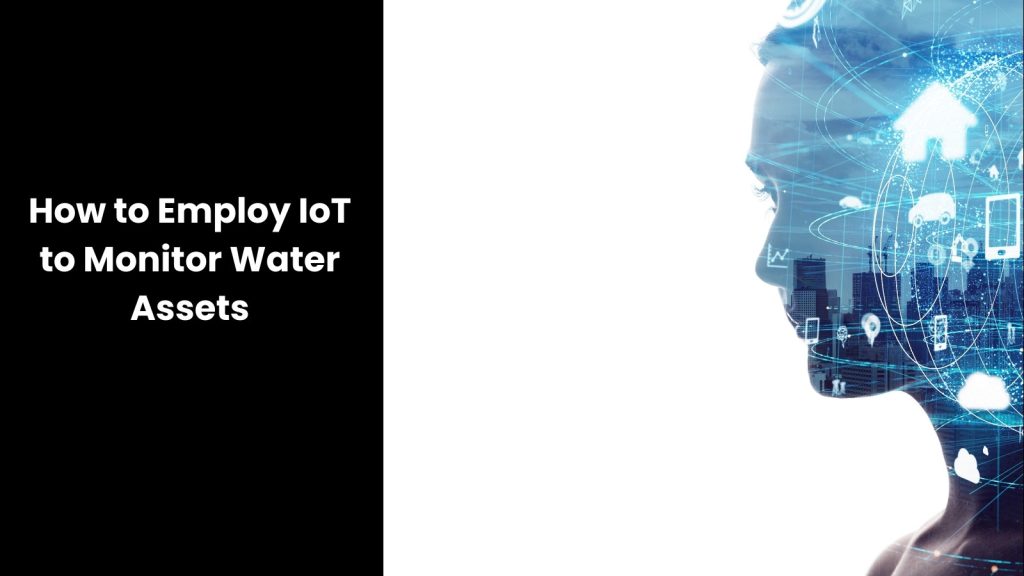
Water Quality Monitoring
Water quality issues have been a constant headache for Australian water authorities. If it is correctly done, it helps prevent supply disruptions and ensures safe drinking water. Poor water quality can lead to health problems and even water shortages if authorities need to shut down the supply to fix issues.
In order to tackle this, water authorities can deploy IoT sensors to continuously monitor water quality parameters such as pH, turbidity, and contamination levels. These sensors collect real-time data and send it to a central system, where experts analyse it. If the system detects any problems, like high contamination levels or abnormal pH, it can alert authorities immediately. This allows them to take swift action to fix the issue before it affects the water supply.
For example, if a sensor detects a sudden spike in turbidity, indicating dirty water, the system can alert engineers to investigate and clean the affected pipes. So, as you can see, using IoT technology for water quality monitoring makes the whole process more efficient and reliable.
On the other hand, real-time data helps authorities react quickly and avoid major problems. Since it reduces the need for manual testing, saving time and resources, there would be no reason to interrupt the water supply.
Predictive Maintenance
Maintenance is a vital aspect for Australian water authorities since it is their huge responsibility to prevent supply disruptions and ensure clean, reliable water. Regular maintenance keeps water pipes, pumps, and treatment plants in good working condition, avoiding breakdowns that could cut off water to homes and businesses.
However, maintaining water infrastructure without interrupting the supply is a challenge, for sure. It requires the right balance of procedures. Authorities need to repair or replace parts of the system without shutting it down, which can be tricky and requires careful planning. They must identify problems early and fix them before they turn into major issues.
This is where IoT technology enters as the best supportive tool. It can help with this by providing predictive maintenance. Authorities can use IoT data analytics to predict when maintenance is needed for water infrastructure. In one way, IoT sensors installed in pipes, pumps, and other equipment collect data on things like pressure, flow rate, and temperature. This data gets sent to a central system, where it is analysed to spot any signs of wear and tear or potential failures.
In another way, if the system detects an issue, it alerts the maintenance team to schedule repairs before a breakdown occurs. Predictive maintenance helps in scheduling repairs before any major issues arise, thus preventing supply disruptions.
Automated Control Systems
IoT technology can greatly improve water asset monitoring through automated control systems. Let us explore how.
You know these systems use IoT devices to manage water flow and pressure efficiently. If they can install IoT sensors in water pipes, pumps, and reservoirs, these sensors will collect real-time data on various parameters like flow rate, pressure, and water levels. This data is then sent to a central control system.
Automated control systems deploy this data to adjust operations in real time, ensuring consistent water delivery without manual intervention. For instance, if sensors detect a drop in water pressure, the system can automatically increase pump activity to maintain a steady flow. Similarly, if water levels in a reservoir get too high or too low, the system can open or close valves to balance them out.
These real-time adjustments help prevent issues like water shortages or overflows, which can disrupt supply. Automated control systems also make the water distribution process more efficient, reducing the need for human intervention and minimising errors. This leads to a more reliable water supply for homes and businesses.
In addition to managing flow and pressure, these systems can detect leaks or other anomalies quickly. If a sensor finds an unusual drop in pressure, indicating a possible leak, the system can alert maintenance teams to address the issue before it becomes a bigger problem. This proactive action helps maintain the integrity of the water infrastructure and ensures uninterrupted supply.
Remote Sensing and Monitoring
The latter is a great way to help with water asset monitoring, ensuring a steady water supply without interruptions. But how is it possible?
As it uses IoT-enabled sensors, water authorities can remotely monitor the condition of water assets like pipelines, reservoirs, and treatment plants. These sensors collect real-time data on various parameters, such as water pressure, flow rate, and temperature, as we mentioned before.
When the sensors detect anomalies, like leaks or sudden pressure changes, they immediately send alerts to a central system. This allows maintenance teams to quickly address issues before they become major problems. For example, if a sensor detects a pressure drop, indicating a possible leak, the system alerts the engineers, who can then fix the leak before it causes a significant disruption. This proactive maintenance helps prevent supply interruptions and keeps the water infrastructure in good working order.
Remote sensing and monitoring also make it easier to track the overall health of the water system. By continuously collecting and analysing data, authorities can spot trends and predict potential problems. This helps them plan maintenance activities more effectively, avoiding emergency repairs that could disrupt the water supply.
Plus, IoT technology reduces the need for manual inspections, which can be time-consuming and costly. Instead, the sensors provide constant monitoring, ensuring that any issues are detected and addressed promptly. This leads to a more efficient and reliable water management system in Australia.
Maintaining Uninterrupted Water Supply via IoT Water Asset Monitoring
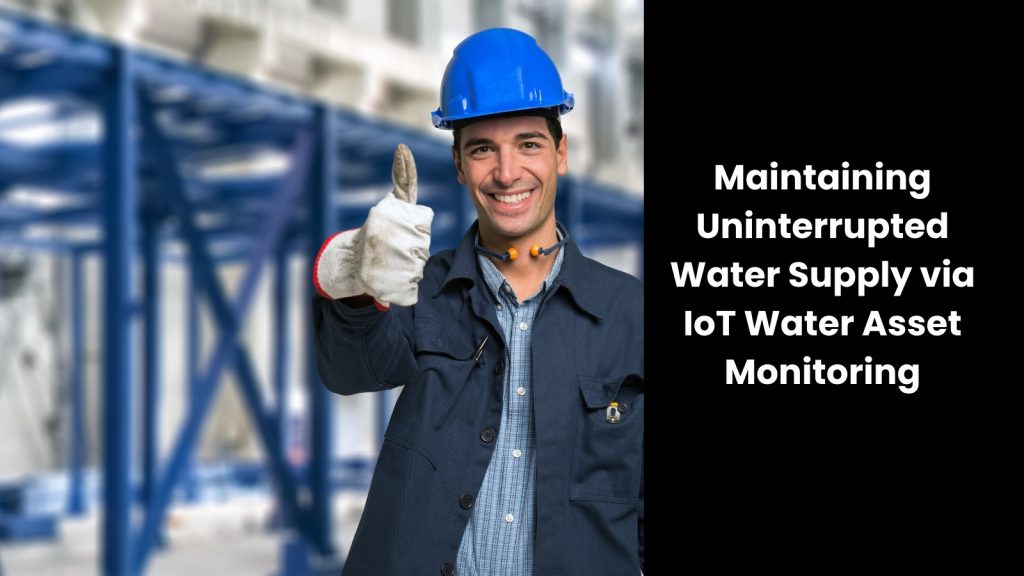
Since the Australian water authorities place more weight on identifying asset failures in advance, they must consider robust technology to monitor water assets. An IoT platform is the best solution to foresee burdens that are coming your way. However, it is also important to collaborate with a reputed software supplier who has years of experience in the Australian water industry. For optimal results.

